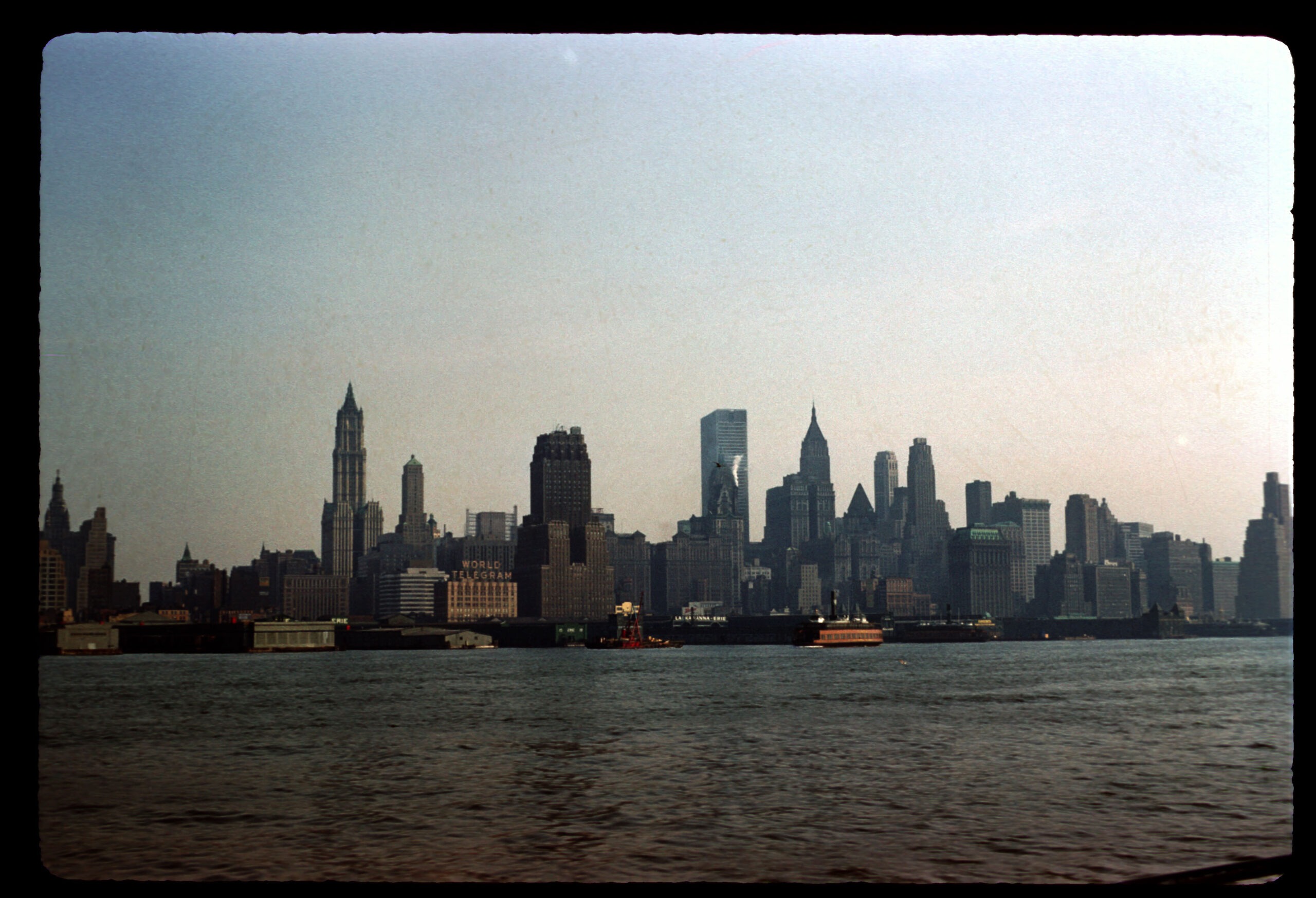An interesting and frustrating thing about the housing debate is that it’s between groups of people whose minds work very differently. Many talents are needed to make a city. You need an architect’s creative and careful eye; a banker’s cash flow projections; engineers to optimise traffic flows; planners to get designs working for the common good; economists to make sure space is used efficiently; developers’ appetite for risk and ability to drag a project over the line. Economists and developers think in quantities. Planners and architects think in qualities. A city designed entirely by economists would lack soul. One designed…
Cancel at any time. Are you already a member? Log in here.
Want to read the full story?
Unlock this article – and everything else on The Currency – with an annual membership and receive a free Samsonite Upscape suitcase, retailing at €235, delivered to your door.

